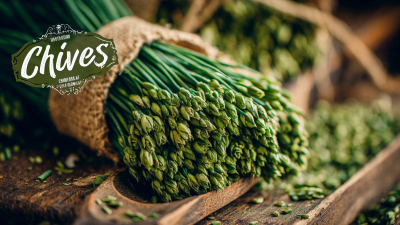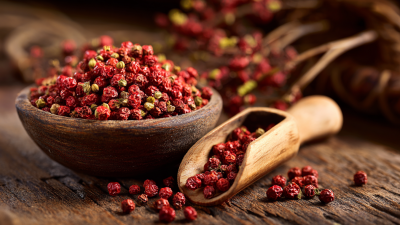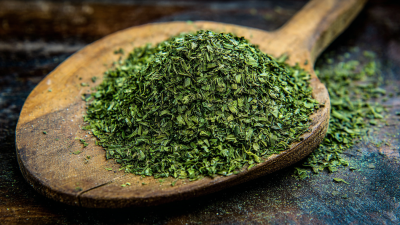In the culinary world, the rise of dehydrated ingredients has transformed both home cooking and professional kitchens alike. According to a report by Grand View Research, the global dehydrated food market is expected to reach $78 billion by 2026, growing at a CAGR of 6.4%. This surge can be attributed to the growing demand for convenient, lightweight, and shelf-stable foods that do not compromise on flavor. Dehydrated ingredients, such as fruits, vegetables, and herbs, retain most of their nutrients and flavors, making them an essential component for chefs and food enthusiasts.
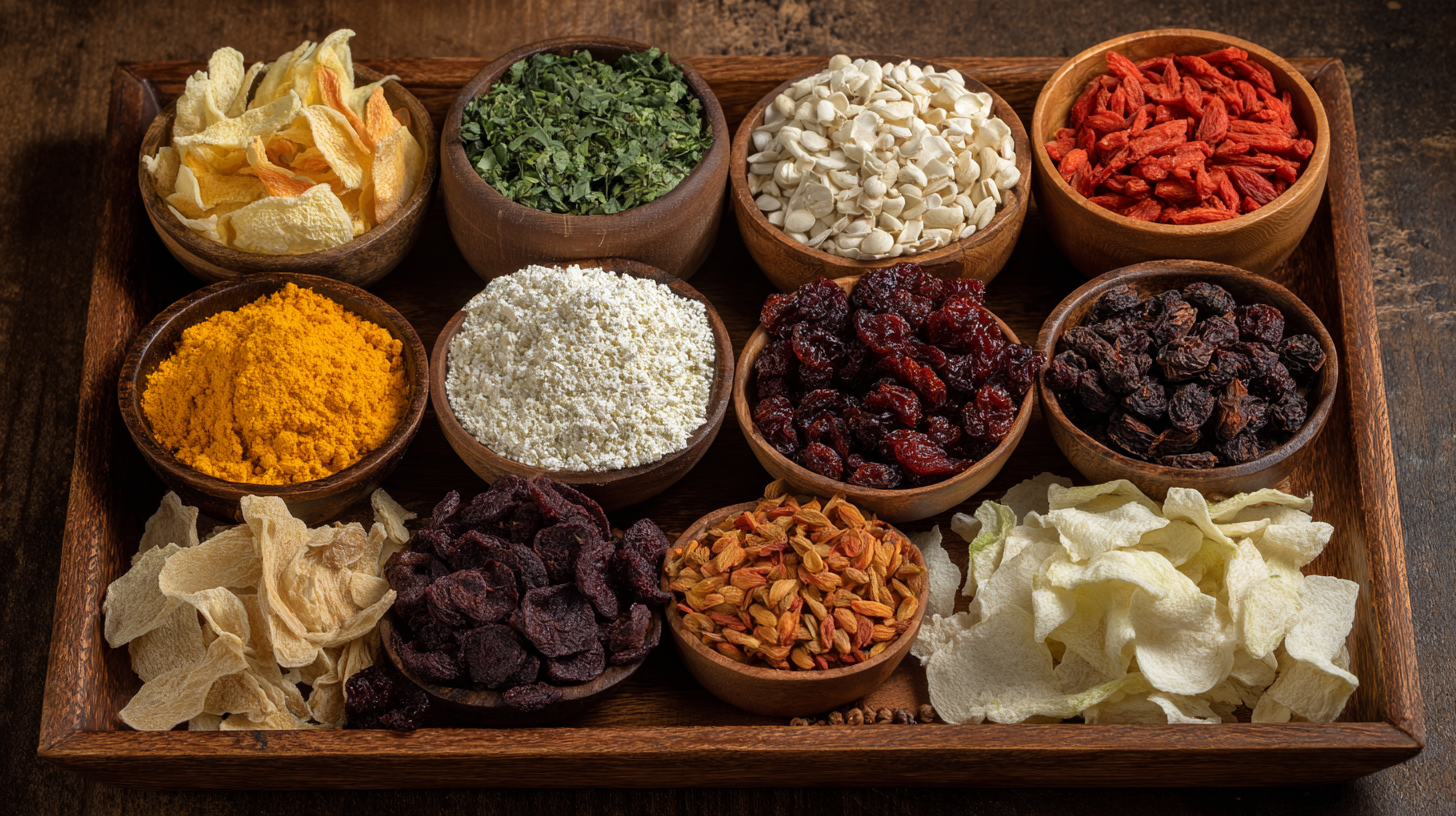
However, to truly harness their potential, it's crucial to understand how to maximize their flavor profiles. This guide offers seven essential tips to enhance your culinary creations using dehydrated ingredients, ensuring that your dishes are not only nutritious but also bursting with flavor.
When it comes to maximizing flavor in your cooking, choosing the right dehydrated ingredients is crucial. According to a report by the Dehydrated Food Association, the demand for dehydrated fruits and vegetables has surged by 20% over the past three years, highlighting their rising popularity among culinary professionals and home cooks alike. This trend is largely due to the concentration of flavors that occurs during the dehydration process, which can enhance the overall taste of dishes. Ingredients like sun-dried tomatoes, shiitake mushrooms, and dried herbs not only provide rich flavors but are also packed with nutrients, offering both culinary and health benefits.
In selecting dehydrated ingredients, consider the source and quality. Research conducted by the Institute of Food Technologists indicates that premium-grade dehydrated products maintain their taste better than lower-quality versions, with flavor retention rates up to 75%. Look for organic or locally sourced dehydrated options whenever possible, as these tend to have more intense flavors. Experimenting with various combinations of dried ingredients, such as adding dried citrus zest or chili flakes, can elevate your dishes and bring a unique twist to traditional recipes, providing a robust culinary experience that isn't easily achieved with fresh ingredients alone.
| Dehydrated Ingredient | Flavor Profile | Rehydration Method | Best Used In |
|---|---|---|---|
| Mushrooms | Earthy, Umami | Soak in hot water for 20-30 minutes | Soups, Stews, Risottos |
| Tomatoes | Sweet, Tart | Soak in warm water for 10-15 minutes | Pasta Sauce, Salads, Pizza |
| Fruits (Apples) | Sweet, Slightly Tart | Soak in apple juice or warm water for 10 minutes | Cereal, Baking, Snacking |
| Herbs (Basil) | Fresh, Floral | No soaking required, add directly | Pesto, Sauces, Dressings |
| Bell Peppers | Sweet, Slightly Bitter | Rehydrate in hot water for 15-20 minutes | Stir-Fries, Tacos, Salads |
| Garlic | Pungent, Savory | Soak in water or add directly to cooking | Marinades, Soups, Roasted Dishes |
| Onions | Sweet, Sharp | Rehydrate in hot water for 10 minutes | Soups, Casseroles, Garnishes |
Rehydrating dehydrated ingredients is an art that can significantly enhance the flavor and texture of your dishes. One key technique is to use warm water instead of cold for rehydration. This method allows the ingredients to absorb moisture more efficiently and can help retain their natural flavors. For even more aromatic results, consider using broth or stock instead of water. This not only rehydrates but infuses the ingredients with additional depth and richness.
Another effective tip is to soak your dehydrated ingredients for an appropriate amount of time. Each ingredient has a specific rehydration time that’s crucial for achieving the desired texture. For instance, mushrooms typically benefit from a soak of around 20 to 30 minutes, while tomatoes may only need about 10 to 15 minutes. Keep a close eye on the texture; over-soaking can lead to mushiness, which detracts from the overall dish. By mastering these rehydrating techniques, you can maximize the flavor potential of your dehydrated ingredients and elevate your culinary creations.
When it comes to flavor pairing, dehydrated ingredients offer a unique opportunity to enhance the taste profile of your dishes, particularly when complemented by fresh elements. According to a recent industry report, over 60% of chefs are incorporating dried herbs and vegetables into their culinary creations, recognizing their ability to concentrate flavor and add depth. For instance, pairing sun-dried tomatoes with fresh basil can elevate a simple pasta dish, creating a symphony of flavors that balances the richness of dried ingredients with the brightness of their fresh counterparts.
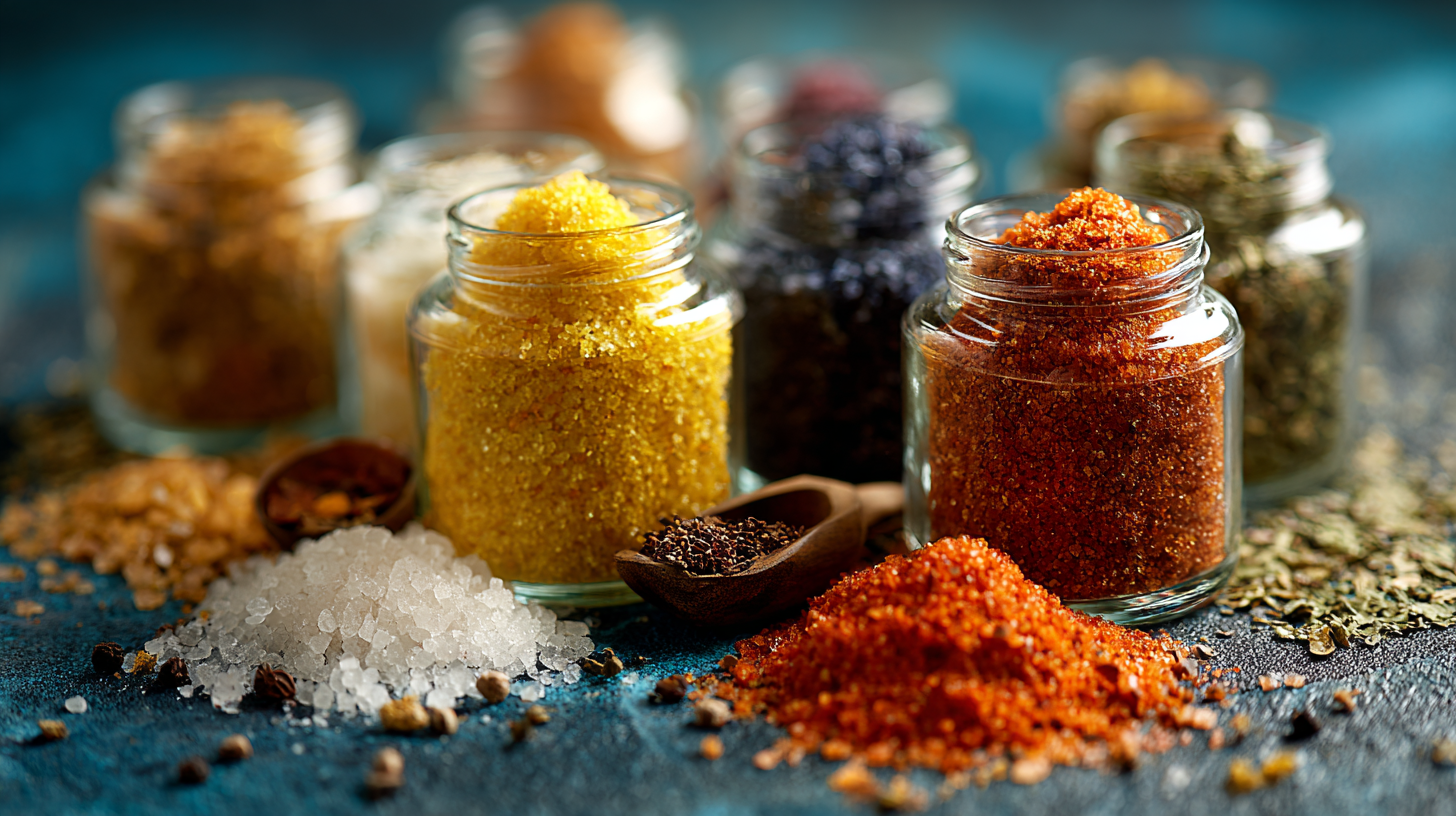
Additionally, the growing trend of hosting chic charcuterie boards has seen a rise in the use of dehydrated elements. By integrating fruits like dehydrated apples or figs alongside fresh cheeses and nuts, you not only create a visually appealing display but also one that tantalizes the palate. A study found that flavor combinations involving contrasting textures—such as crisp dehydrated ingredients mixed with creamy cheeses—are more appealing for nearly 70% of consumers. This compelling data reinforces the idea that thoughtfully pairing dehydrated and fresh components can result in a remarkable culinary experience that excites both the eyes and taste buds.
When it comes to enhancing the flavor profiles of dehydrated ingredients, the right combination of herbs and spices can make all the difference. Start by selecting quality, fresh herbs that retain their essential oils even after drying. This is crucial as the potency of the flavor often diminishes in dehydrated forms. For instance, rosemary, thyme, and oregano are excellent choices that can elevate the taste of vegetables, grains, or proteins. Consider creating a custom herb blend to match the dish you’re preparing, as this will allow for a more harmonious flavor profile.
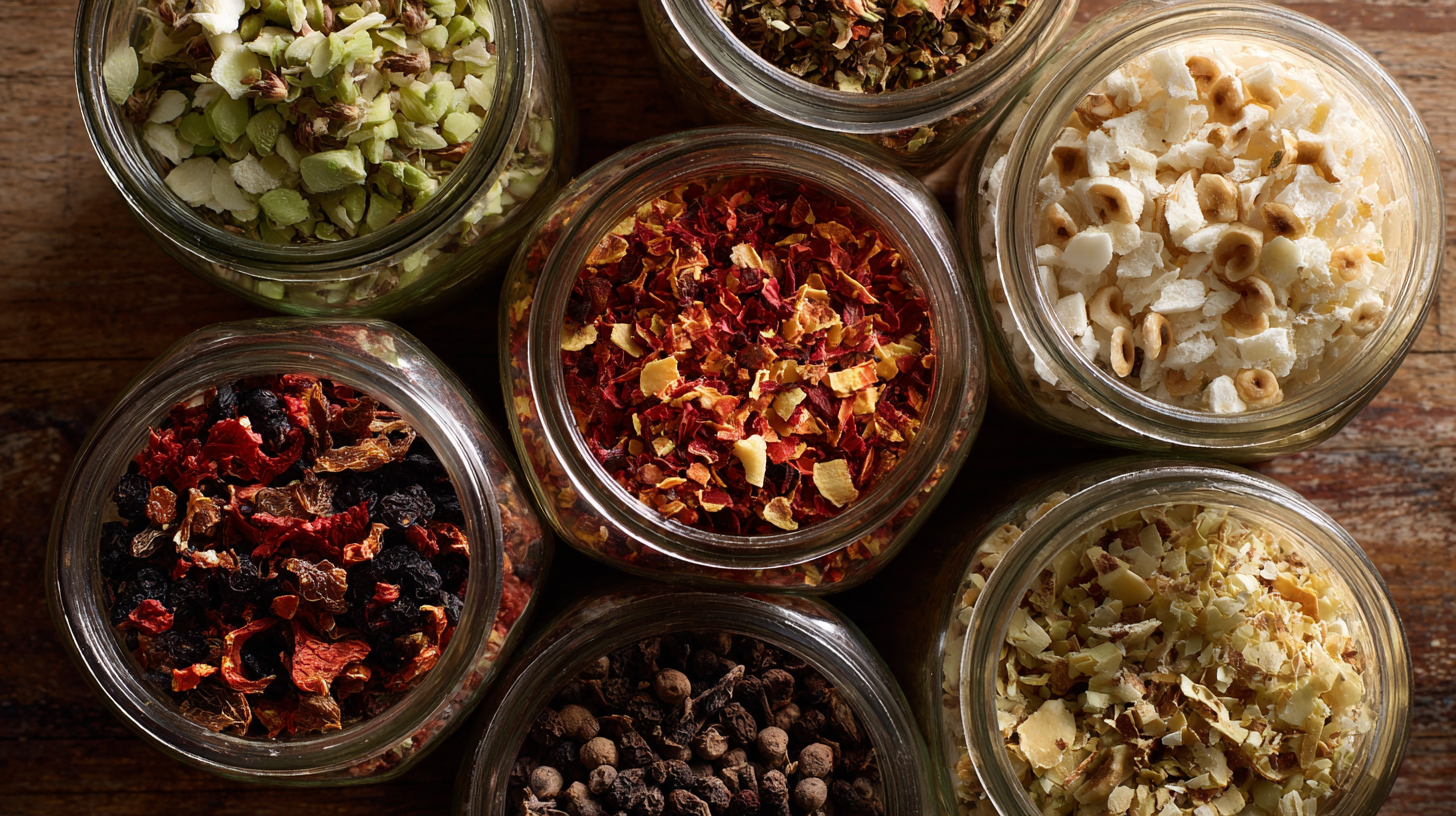
Incorporating spices is another powerful strategy. Spices like cumin, smoked paprika, or coriander can add depth and warmth to dehydrated foods. When rehydrating, try infusing the water or broth with these spices to allow the flavors to penetrate deeper into the ingredients. Additionally, consider the timing of when you add these seasonings—some spices release their flavors best when cooked for a longer period, while others, like fresh ground black pepper, are better added just before serving. By thoughtfully layering herbs and spices, you can create vibrant and complex dishes that bring dehydrated ingredients to life.
Incorporating dehydrated ingredients into your cooking can significantly enhance the flavor and texture of your dishes. One effective method is rehydrating these ingredients properly before use. For instance, soaking dehydrated vegetables in warm water allows them to regain some moisture and ultimately improves their flavor profile. This technique is particularly useful when cooking dishes like soups or stews, where moisture transfer helps distribute flavor evenly.
Moreover, the choice of cooking techniques can dramatically influence the quality of dehydrated ingredients. Recent studies emphasize that methods such as simmering or sautéing can enhance the natural flavors of vegetables and legumes. For example, when preparing dehydrated lentils, Chef Sharma recommends simmering them to achieve a tender texture, making them perfect for quick salads or wholesome soups. The global dehydrated vegetable market is forecasted to reach USD 192.1 billion by 2035, indicating a growing trend in using these versatile ingredients to elevate culinary experiences. By understanding and applying best practices for dehydrated foods, cooks can create dishes that not only taste good but also contribute to reducing food waste and optimizing ingredient usage in their kitchens.



